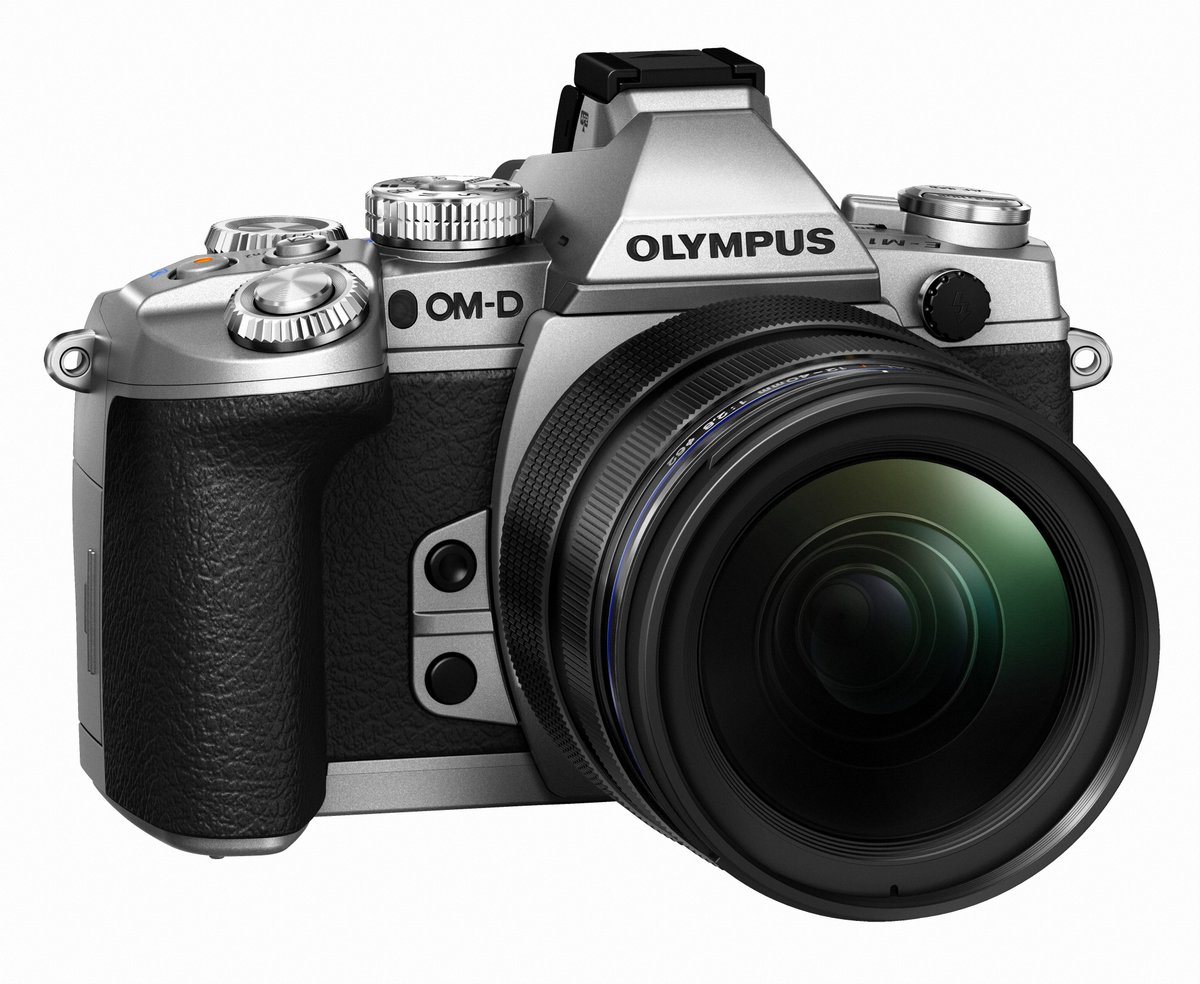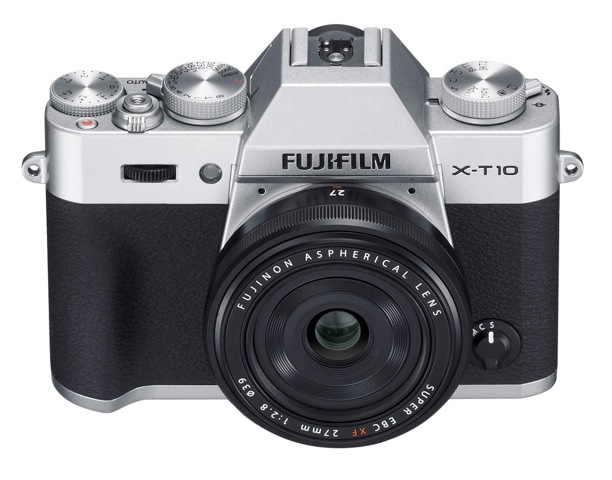 I’m excited to announce my first instructional photography video course, Outdoor Photography Essentials, which will launch in two weeks, on September 21!
I’m excited to announce my first instructional photography video course, Outdoor Photography Essentials, which will launch in two weeks, on September 21!
In this 80-minute course, I’ll teach you the essential skills for shooting dynamic and exciting action and people photos in the outdoors, and show you a variety of skills, tips and tricks that will help you tell amazing stories with your photographs.
Created in conjunction with Craftsy.com, this is an interactive online course that features HD video lessons that you can watch on your computer or mobile device, anytime, anywhere. In addition, you can ask me specific questions, upload your own photos and get personalized guidance from me that will help you get the most out of the lessons.
If you haven’t heard of Craftsy, they’re leading the charge with an innovative, high quality online education platform that gives students an in-class style experience and lets them learn at their own pace. I’m really excited about the course, and I worked all summer with the content director and producer to create a workshop that I feel best matches my shooting and teaching style. I can’t wait for you to see it!
 With a highly practical and real-world approach, Outdoor Photography Essentials gives you a first-person look at exactly how I gauge the light and work my subjects when I’m on location.
With a highly practical and real-world approach, Outdoor Photography Essentials gives you a first-person look at exactly how I gauge the light and work my subjects when I’m on location.
In 7 easy-to-follow lessons, I’ll show you how to get comfortable with your camera and exposure modes, so you can react quickly and capture fast moving subjects, I’ll show you how to deal with tricky light and get the best exposure, how to use lenses in order to get the most compelling viewpoint and how to choose the best compositional techniques that will help you create the most dramatic photographs.
I don’t just talk about how to use these techniques in the video, you’ll actually see how I put them into action in real-life situations. Instead of just showing finished examples on the screen, I wanted to show you the exact methods I use to bring my scenes alive.
Filmed over the course of four days in the Rocky Mountains of Colorado, I tried to make it as real as possible. In each location, I had to work with whatever light we happened to have at the time, just like you do when you’re out shooting.
I had to come up with technical and creative ideas on the spot, with almost no pre-planning, and in each case, I show you exactly how I took the scene from initial observations to a great final image that I was exceptionally pleased with.
To me, this is the hallmark of Outdoor Photography Essentials. When you’re out shooting people, action and adventure, you have to deal with whatever situation you’re given, which often include fast breaking situations and quickly changing light. I wanted to create a video workshop that reflects and addresses the specific challenges you face when you’re standing there on location with the camera in your hands, not just a course that repeats the stuff you already know.
To lead up to the launch, I’m giving you a chance to win the course for free! Click this link, sign up for an account on Craftsy.com and you’ll automatically be entered into the drawing. The giveaway will end the evening before launch, on the night of September 20. If you win, you’ll get an email notification which will include the free class link.





 Serif software just released a professional photo editing program for Mac called
Serif software just released a professional photo editing program for Mac called 






















 The new system incorporates a number of advanced features and 9 AF modes, including Zone and Wide/Tracking modes, Eye Detection AF, Auto Macro mode, improved Movie AF, and they’ve optimized the autofocus algorithms for improved Phase Detect AF performance in low light. Before the PDAF system worked down to EV2.5; it now works down to EV0.5.
The new system incorporates a number of advanced features and 9 AF modes, including Zone and Wide/Tracking modes, Eye Detection AF, Auto Macro mode, improved Movie AF, and they’ve optimized the autofocus algorithms for improved Phase Detect AF performance in low light. Before the PDAF system worked down to EV2.5; it now works down to EV0.5. I’ve been using the new firmware for almost two months now
I’ve been using the new firmware for almost two months now































